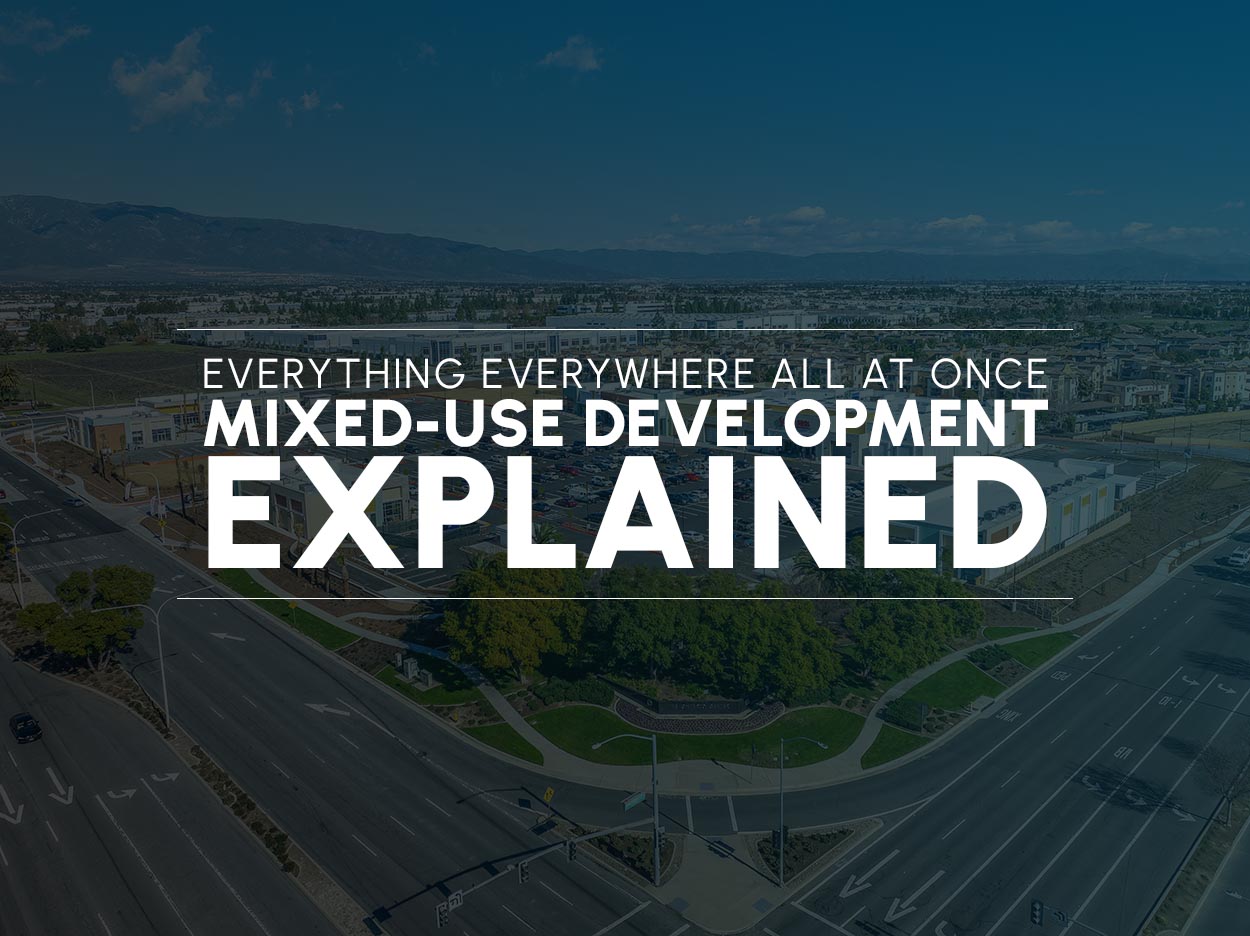
Historically, cities and suburbs were planned with strict separation: homes in one area, shopping in another, offices somewhere else.
Mixed-use development flips this model. It combines:
- Residential (apartments, condos, townhomes)
- Retail (shops, restaurants, cafes)
- Office (workspaces, coworking)
- Entertainment (gyms, theaters, bars)
- Community spaces (parks, plazas, gathering areas)
All in one interconnected place.
Common Arrangements
Vertical: Different uses stacked in the same building—retail on the ground floor, offices in the middle, apartments on top.
Horizontal: Separate buildings with different uses next to each other, connected by walkable streets and shared spaces.
District: An entire neighborhood designed with everything mixed together across multiple blocks.
Why It Matters
For Residents
- Walk to coffee, work, dinner, and the gym
- Less time in your car
- More convenient daily life
- Built-in sense of community and neighborhood
For Communities
- Creates vibrant neighborhoods with activity throughout the day
- Reduces traffic by putting destinations close together
- Makes better use of expensive urban land
- Supports public transit by concentrating people and activity
Real-World Examples
Think of popular urban neighborhoods and town centers:
- Downtown areas with apartments above storefronts
- Shopping districts that include hotels and restaurants
- Suburban “town centers” with movies, dining, offices, and condos —like Victoria Gardens in Rancho Cucamonga
- Renovated warehouse districts with lofts, galleries, and breweries
The Catch
Mixed-use is more complex than building a single apartment tower or strip mall:
- More complicated to design and manage
- Often faces zoning challenges in areas with old separation rules
- Requires coordinating different types of tenants and uses
But when done well, these projects create lasting value and become beloved neighborhood destinations.
Bottom Line
Mixed-use development creates complete neighborhoods where people can do more of their daily activities without driving everywhere. For residents, it means convenience and community. For cities, it creates vibrant, sustainable places.

Rosie Lewis is the Corporate Marketing Manager at The Lewis Group of Companies. A Claremont native who enjoys hiking, yoga, and developing her green thumb, Rosie also appreciates quality alone time.
